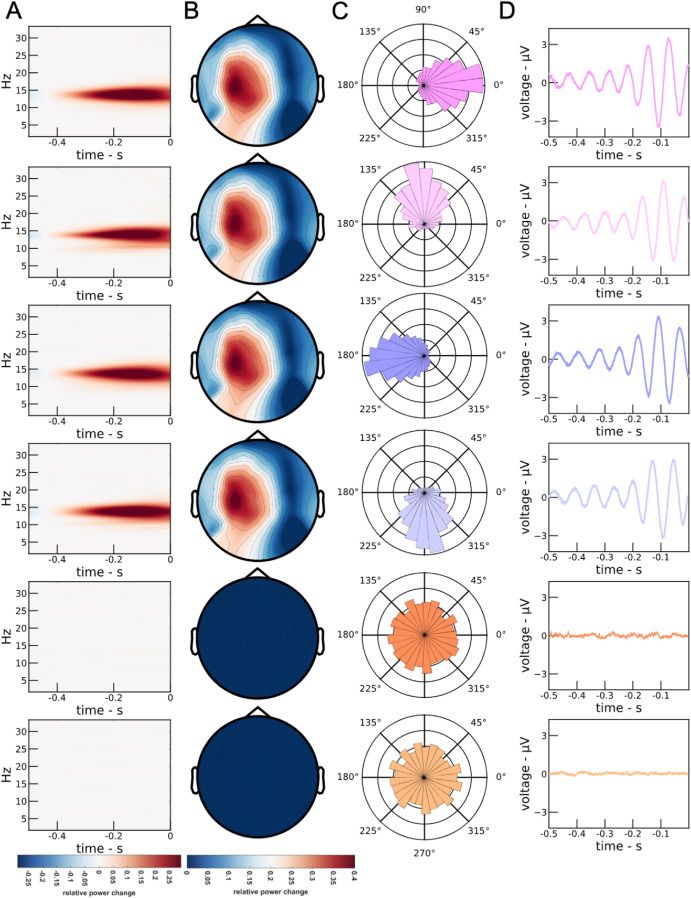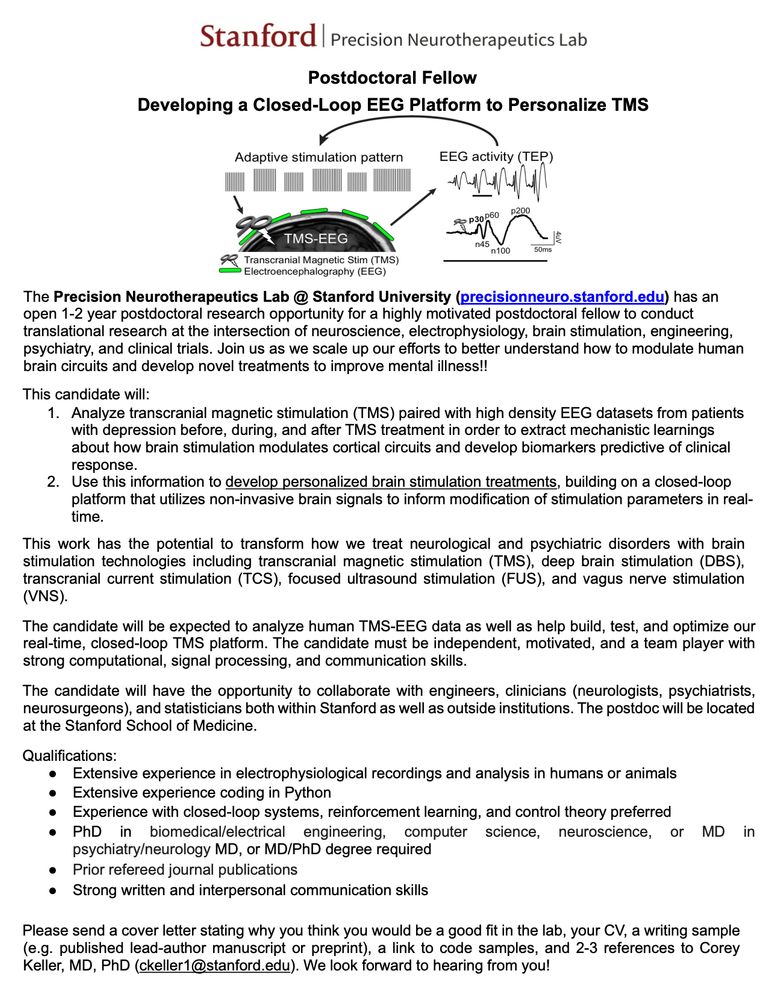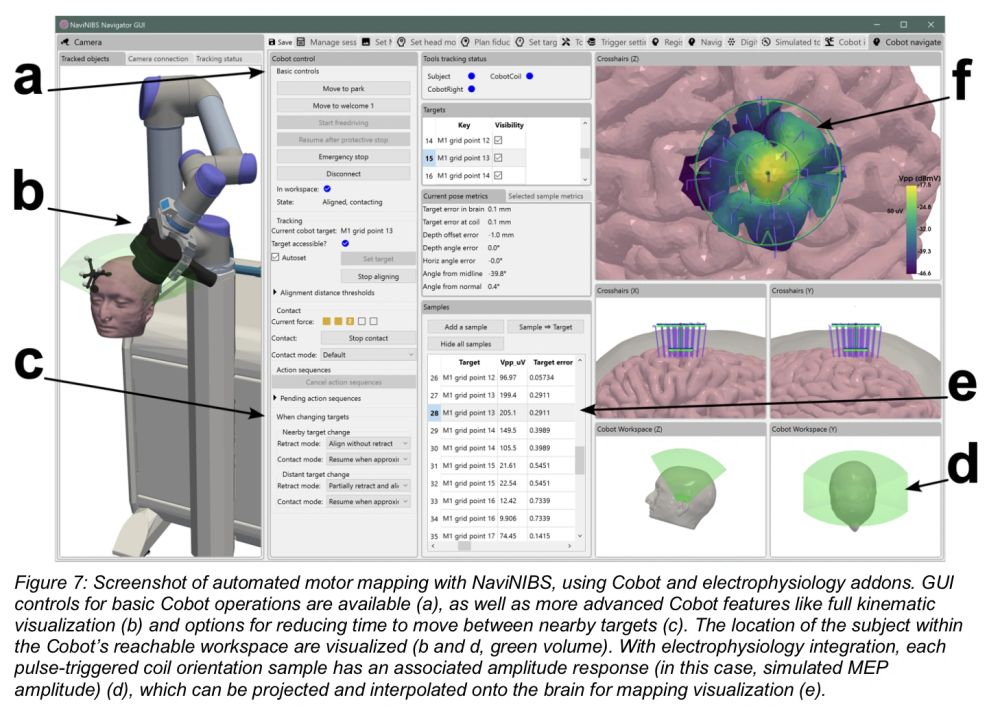





"Pulsed inhibition of corticospinal excitability by the thalamocortical sleep spindle"
With an amazing team @tobergmann.bsky.social , @ Ulf Ziemann @ Christoph Zrenner @ Prince Okyere & @ Milad Amini
www.brainstimjrnl.com/article/S193...

"Pulsed inhibition of corticospinal excitability by the thalamocortical sleep spindle"
With an amazing team @tobergmann.bsky.social , @ Ulf Ziemann @ Christoph Zrenner @ Prince Okyere & @ Milad Amini
www.brainstimjrnl.com/article/S193...

🎉Congrats to our co-director Chris Cline, lead developer of NaviNIBS!
We hope to enable new possibilities for innovations in neuronavigation #TMSEEG @stanfordmedicine.bsky.social (1/5)

🎉Congrats to our co-director Chris Cline, lead developer of NaviNIBS!
We hope to enable new possibilities for innovations in neuronavigation #TMSEEG @stanfordmedicine.bsky.social (1/5)
Thread below 👇 @stanfordmedicine.bsky.social #StanfordMed #StanfordBrain (1/10)
Thread below 👇 @stanfordmedicine.bsky.social #StanfordMed #StanfordBrain (1/10)

